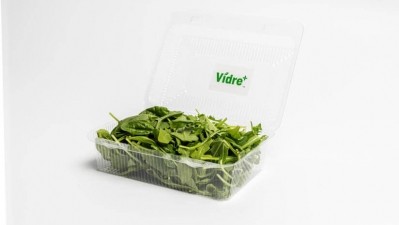Consumers continue to deploy cost-saving tactics to combat high food prices, despite inflation cooldown, 84.51° finds

Each month, 84.51° — Kroger’s market research arm — surveys consumers about their shopping perceptions and behaviors, including their opinions on food prices, ways they are cutting grocery bills and their opinion on specific categories.
In the August consumer report, 84.51° found that out of 400 consumers, 63% said they are comfortable with their finances, with a smaller percentage (12%) stating they are very comfortable with them. A quarter (25%) of consumers said they were uncomfortable with their finances, compared to 27% who said the same a year ago.
However, 69% of consumers say they are not comfortable at all with grocery prices. Similarly, most consumers (67%) are concerned with inflation, the highest rate since February 2023, 84.51° stated. This is despite the Consumer Price Index — a measure of consumer inflation — increasing by 2.9% in July, the smallest increase since August 2023.
Digital coupons become a preferred delivery method for discounts
Increasingly, consumers are turning to digital channels to find discounts and coupons, and many shoppers choose a retailer or brand based on prices and promotions, 84.51° found in the report.
More than half of consumers (60%) said they choose a retailer for its everyday low prices, and 49% said they go to a store based on good sales and promotions. Additionally, most consumers (84%) said that they are loyal to brands that provide a good value for their money.
More than half of consumers (51%) prefer using a mix of digital and paper coupons, while 30% prefer digital coupons to save on groceries, 84.51° stated. Only 8% of consumers said they prefer paper coupons and 11% do not use coupons.
Retailer websites and apps were the main way consumers found digital coupons, with 81% finding them there. Additionally, 43% of consumers found them in retailer email communications, 32% through rebate apps and 29% used manufacturers' websites or apps.
About a third of Millennials and Baby Boomers prefer digital coupons, while only about a quarter of Gen Z consumers do, according to the report.
Brand loyalty depends on the category, consumers are still trading down
Consumers also are reducing their grocery bills by switching to cheaper alternatives (i.e., trading down), often private-label options.
Shelf-stable goods, frozen foods, dairy products, cereal and drinks were the food and beverage categories that consumers were most willing to switch for a cheaper option, with 59%, 49%, 48%, 47% and 46% of consumers, respectively, saying so for each category, 84.51° reported.
Fewer consumers were willing to swap a brand for cheaper alternatives for fresh bakery, produce and deli meat or fish products with 32%, 32% and 33% of consumers, respectively, saying they would switch brands.


















